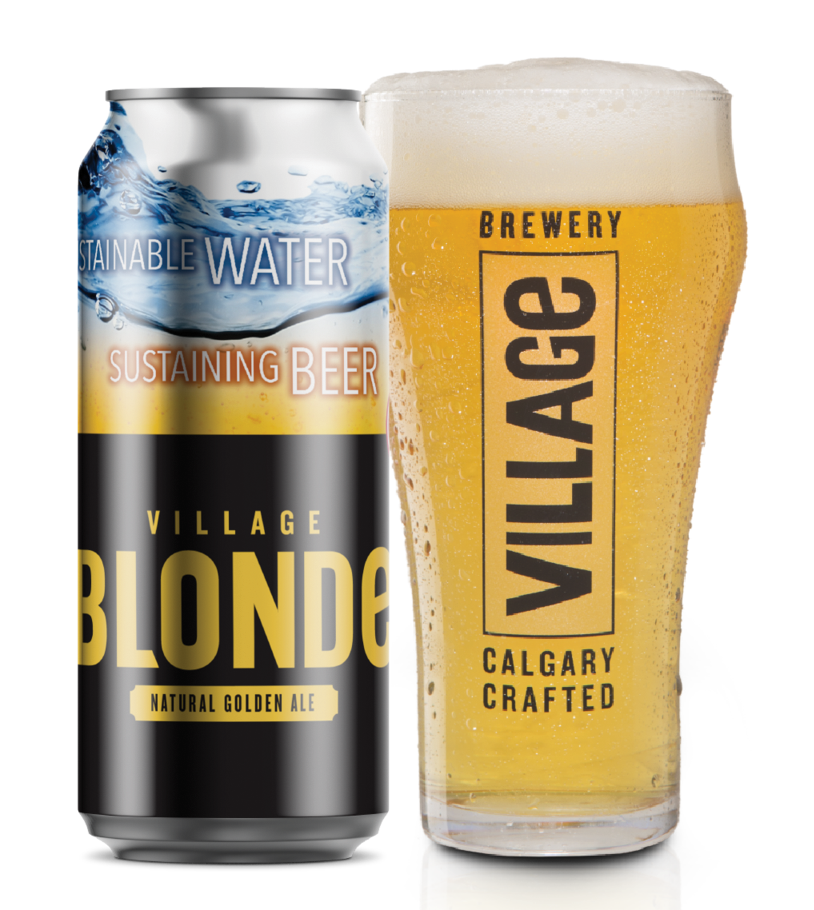Would you drink the water coming out of a municipal WWTF (Wastewater Treatment Facility)?
The water from a WWTF normally goes into a river, a lake or underground. It is then piped in from another location and treated to make it potable, that is, completely safe to drink.
But will people be willing to overcome the “yuck factor”?
This term, coined by University of Pennsylvania bioethicist Arthur Caplan, describes the influence of instinctive responses against new technology, such as the reaction of most people to the thought of drinking reclaimed wastewater. Yet for obvious reasons, wastewater reuse is what must be practiced at, for example, the International Space Station.



